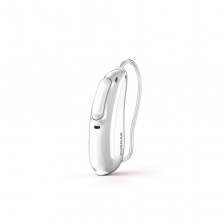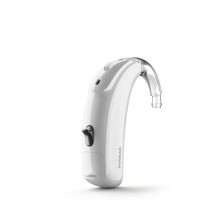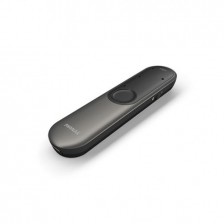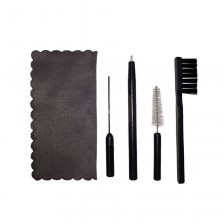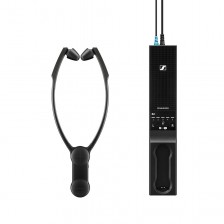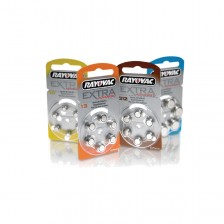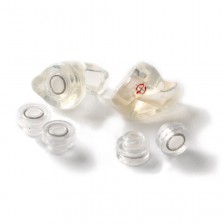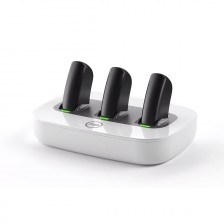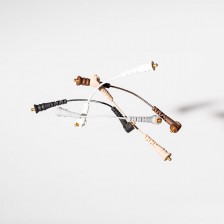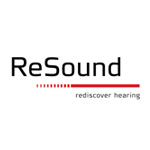Otosclerosis: Symptoms, Causes, and Treatment


Hearing loss is associated with many factors, one of which is age. Our bodies inevitably lose their faculties as we get older, and our ears are no exception. However, there are pathologies that can lead to severe hearing loss, and even deafness, in young people. Otosclerosis is one such pathology.
It affects the bones of the middle ear. More specifically, otosclerosis causes the stirrup, one of these three small bones, to grow excessively, preventing it from vibrating normally to the sounds that the ear picks up, and causing a deterioration in hearing ability.
Symptoms of otosclerosis
The most common symptoms associated with otosclerosis include: initially mild but gradually increasing hearing loss; ringing, buzzing, and dizziness; and a feeling of better hearing at high frequencies than at low frequencies.
Causes of otosclerosis
The truth is that otosclerosis still holds many mysteries, and its causes are not 100% clear. There is a correlation between patients suffering from this pathology and family history, so we could say that we are dealing with a hereditary hearing disease. This means that if you know of the existence of cases of otosclerosis in your family, you can try to prevent the situation by visiting a specialist doctor.
Treatment for otosclerosis
There are two main methods of treating otosclerosis: a surgical operation, or the use of hearing aids. The surgical operation in question is not complex and is quite common. There are two surgical procedures: in one, known as stapedotomy, the part of the stapes that has grown too large is removed and a small implant is inserted in its place, and the second surgical procedure consists of removing the stapes in its entirety and replacing it with a prosthesis. This practice is known as stapedectomy.
The use of hearing aids to correct the effects of otosclerosis is a non-invasive solution, although it must be made clear that a hearing aid will not cure a case of deafness. If you opt for this option, it is important to carry out a constant follow-up, as it is a degenerative illness and it will be necessary to update the hearing aid to make it more powerful.


